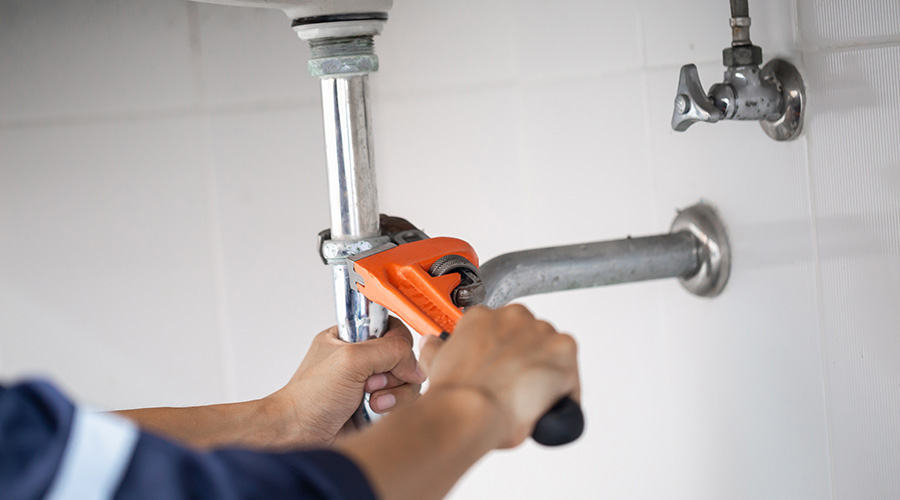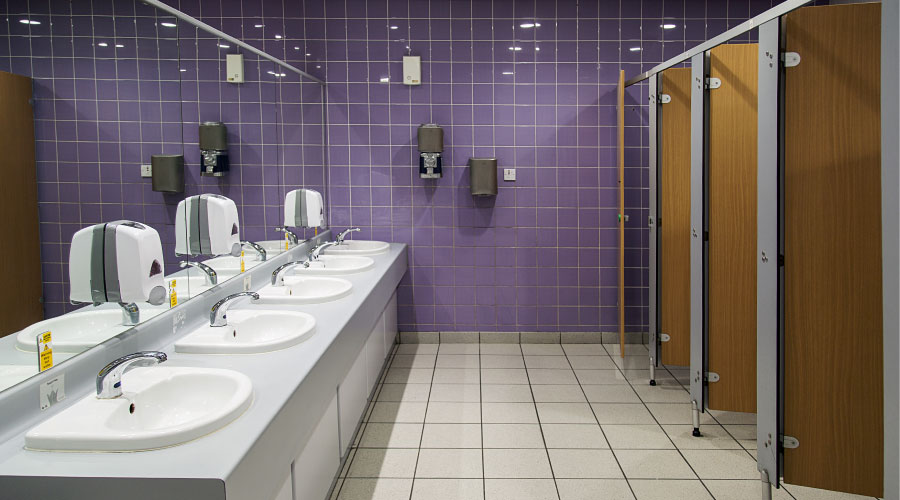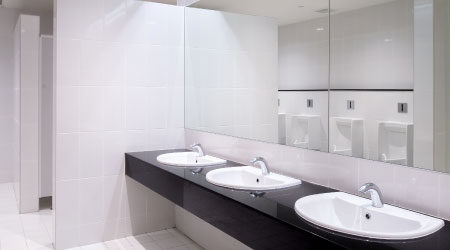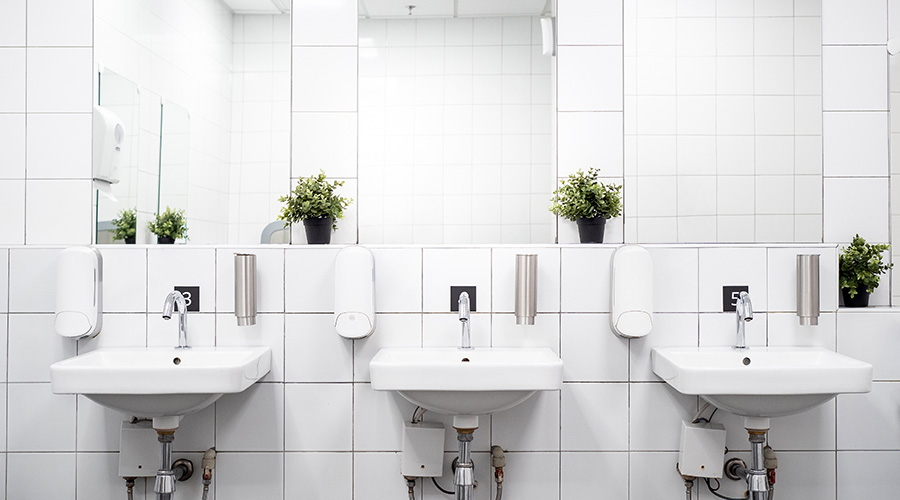Expert Tips to Avoid Common Drain Cleaning Mistakes
There are always things that can go wrong while on the job, so taking the time to train and prepare staff is key to avoiding messy situations when cleaning drains.
There are always things that can go wrong while on the job, so taking the time to train and prepare staff is key to avoiding messy situations when cleaning drains. Additionally, there are certain mistakes technicians can make while working, however, being mindful and prepared can help them avoid said mistakes.
For this manufacturer roundtable, Facility Maintenance Decisions spoke with drain and pipe cleaning manufacturers about what can go wrong and how to avoid making mistakes while cleaning drains.
FMD: What can go wrong when clearing drains? How can managers best train their staff for such scenarios?
Dunbar: Because drain cleaning deals with blockages that are underground and out of sight, users are constantly challenged with surprises that test their ability to improvise and persevere. Since all their equipment must be pushed down a clogged drain to function, end users run the risk of breaking cables, hoses, pipe inspection pushrods, and flexible shafts when attempting to inspect or open a sewer. Managers can alert their workers to the full range of drain-cleaning problems and develop the habits of maintaining situational awareness and patience while on the job.
Albertini: Managers can best train their staff for the unexpected by teaching them the importance of drain inspection before getting started on drain cleaning. Performing this step will go a long way to prevent the unexpected. Cleaning any drain line, regardless of size or type, follows a similar process. Ideally you want to inspect the problem area first with your camera reel and monitor. Sometimes when a line is completely clogged you are unable to see the issue and a locator can help pinpoint where the problem is. Once you have a general understanding of the type and size of pipe and what your blockage is, you can select the appropriate equipment to solve the problem. The situation will dictate what type of drain cleaner is ultimately selected to clean the line. The key message here is to diagnose the problem before sending the wrong tool down the line to solve the issue.
The other opportunity is to ensure your staff understands the service and repair options various machines offer. Having extra cables, grease, cutters, etc., is always good to ensure maximum uptime with your equipment. When issues are larger (I.E structural, motor, etc.) having a known service network to leverage is critical to optimizing productivity.
Pond: Technicians should receive thorough instruction on handling drain cleaning equipment properly to ensure optimal performance and protect investments from damage. This includes training in selecting the right equipment for the specific type of blockage and maintaining equipment in good working condition through regular inspection and maintenance. An inspection camera is a critical tool that, once flow is re-established, can help provide visibility to the root cause of the backup and instill confidence in the maintenance or repair process, helping to prevent future emergency disruptions and facility downtime.
FMD: What are some common mistakes that technicians can make when drain cleaning? How can they be avoided?
Dunbar: Impatience and a lack of situational awareness are the most common mistakes resulting in injury and damaged equipment. These can both be avoided by slowing down and paying attention!
Albertini: One common mistake is not using the correct tools for the job. Diagnosing and understanding the situation is key to selecting the best option. Having a full line of equipment to handle the various pipe types, bends, sizes and blockages enables contractors to have the best chance of solving any circumstance they run into.
Another common mistake is not understanding your equipment. Ramming and jamming the cable like a drum machine is a sure way to get yourself into trouble. Reading the operators manual and consulting with other users to understand technique is a great way to learn.
Pond: Common mistakes technicians can make when drain cleaning include using incorrect equipment for the type of blockage, underestimating the severity of the blockage, and causing damage to pipes, infrastructure or equipment due to improper handling. These mistakes can lead to inefficiencies, further blockages, and costly repairs.
To avoid these errors, technicians should choose the right inspection camera for the target line size. Milwaukee offers a full range of inspection cameras with various push cable stiffnesses and camera/spring diameters. Choosing the right camera for the job will not only provide the best maneuverability and experience in the line but will protect their investment from damage.
Jeff Wardon, Jr. is the assistant editor for the facilities market.
Related Topics:













